Trauma is not only a story in the mind. It is also a pattern in the body. Muscles brace, breath grows shallow, and posture adapts to protect tender places. The nervous system learns to scan for danger and to react faster than thought. Somatic practices help unwind these patterns through sensation, movement, and breath. They teach the body that safety is possible again so that the mind can soften and integrate what happened. Healing becomes less about explaining and more about experiencing ease in real time.
Why the body holds trauma
When something frightening or overwhelming happens, the body organizes around survival. It readies you to fight, flee, or freeze. If the event passes without enough time or support to complete those responses, the body can remain on alert. Tight shoulders, a clenched jaw, a rigid belly, or a collapsed chest are not random. They are strategies that once felt necessary. Over months or years, these strategies can become your default setting. Even when you know you are safe, your body might feel otherwise. Somatic practices give the body new experiences of safety so that it can release its grip.
Safety is the first medicine
Before any technique, create a sense of safety. Choose a place where you feel private and warm. Arrange a chair with back support or a mat on the floor with a cushion. Let your phone rest out of reach. If at any time a practice feels too intense, slow down, open your eyes wider, feel your feet or hands, and look around the room. Name what you see. A window. A plant. A cup. You are here in the present. If strong emotions or memories arise, it can be wise to work with a trauma informed professional who can help you pace and titrate the work. Going slowly is not a weakness. It is the path to nervous system trust.
Orienting to the here and now
Begin by orienting. Sit comfortably and gently turn your head to look around the space. Let your eyes rest on neutral or pleasant objects. Notice the colors and textures. Listen for near sounds and far sounds. Feel the support of the chair or the floor. Sense the weight of your body being held. Orientation tells your survival system that there is no immediate threat. Many people feel a small drop in tension after one minute of soft looking and listening. This becomes a reliable starting point for every session.
Finding a yes and a no in your body
Trauma can blur boundaries. Somatic work restores them from the inside. Place a hand on your chest and ask a simple question. What would feel like a small yes right now. It might be a blanket, a change in position, or a sip of water. Offer yourself that yes and notice any shift. Then ask what would be a gentle no. It might be a posture that strains, a noise you can reduce, or an activity you can postpone. Act on that no. Each time you choose in this way, your nervous system learns that you have agency. Agency is a crucial antidote to trauma.
Breath as a bridge
The breath links body and mind. Begin with breath that lengthens the exhale slightly. Inhale through the nose for a quiet count of four. Exhale through the nose for a count of six. Do this for two minutes while feeling your belly rise and fall under your hand. The longer exhale invites parasympathetic settling which supports safety and connection. If at any point you feel edgy, shorten the counts and keep the rhythm smooth. The goal is a sense of being breathed rather than forcing breath.
Grounding through contact and weight
Grounding teaches the body to trust support. If you are seated, place your feet flat and press them gently into the floor for five seconds. Release and notice any warmth or tingling. If you are lying down, feel the back of your head, shoulder blades, pelvis, and heels sink into the surface. Imagine that each exhale melts you one degree deeper into support. You can add a weighted blanket or place a folded towel over your abdomen for a gentle sense of containment. Grounding often reduces racing thoughts because it moves attention from the head into the body.
Pendulation to unwind stuck energy
Pendulation means moving attention back and forth between a place that feels tight or activated and a place that feels more neutral or comfortable. Choose a small area of activation such as the throat or belly. Rate its intensity from one to ten with ten being very strong. Now find a place that feels ok such as hands, feet, or the back against the chair. Rest attention on the ok place for a few breaths. Then visit the activated area for one or two breaths, and return to the ok place. Repeat several rounds like a slow swing. Often the number you gave the activation will drop by a point or two. This method avoids overwhelm and teaches the nervous system to self regulate.
Gentle shaking to complete defensive responses
Animals shake after a near miss to discharge survival energy. Humans can use a gentle version of this natural reset. Stand with knees soft and begin to bounce lightly in place. Let your arms swing. Keep your jaw relaxed and your breath easy. After thirty seconds, slow down and notice sensations. You might feel tingling in hands and feet, warmth in the chest, or a wave of relief. If standing is not feasible, you can shake your hands and feet while seated. The point is not to drive intensity but to allow small vibrations to move through. Follow with a minute of quiet to absorb the shift.
Vagal toning for calm connection
The vagus nerve supports rest, digestion, and social engagement. Simple toning practices can help it function well. Humming is one of the gentlest. Sit comfortably and hum on the exhale for a minute, feeling vibration in the throat, chest, and face. Try a low pitch and a slightly higher pitch and notice which feels more soothing. You can also try a soft voiced vowel like aaa or ooo. After humming, rest and notice if your face feels softer or your breath smoother. Gargling with water and slow belly breathing are additional options. These practices help the body learn that calm connection is safe.
Touch that speaks safety
Supportive touch can settle the system when used with consent and awareness. Place one hand on your heart and one on your belly. Feel the warmth of your palms and the rhythm of your breath. If you like, add a gentle rocking of the upper body as if cradling yourself. Another option is the butterfly hold. Cross your arms over your chest and rest your hands below your collarbones. Alternate light taps with your fingertips left then right at a slow steady rhythm. Keep the touch tender. After a minute or two, pause and feel the afterglow. Touch communicates safety without words and helps rewire associations held in the skin and fascia.
Slow movement to release guarding
Somatic movement is not exercise for performance. It is exploration. Choose movements that invite curiosity with low effort. While seated, circle your shoulders slowly and notice the point where they want to stop. Do not force past it. Imagine oiling the hinge with small circles and a soft breath. Try gentle spinal twists by turning to look behind one shoulder, then the other, moving within a pain free range. In standing, sway side to side and feel how weight shifts across the feet. Slow movement gives the nervous system time to update its map. Muscles are more willing to release when they feel listened to.
Interoception and the language of sensation
Interoception is the ability to sense internal states. Trauma can blunt or distort this sense. You can rebuild it through daily check ins. Pause and ask what sensations are present in your body without trying to change them. Warmth, coolness, pressure, buzzing, heaviness, lightness, pulsing. Choosing neutral words keeps the mind from judging. Track how sensations shift as you breathe or move. Over time you will become fluent in your body’s language which makes it easier to meet needs early rather than after distress grows.
Boundaries and containment in the environment
Your nervous system is shaped by context. Create environmental boundaries that signal safety. Keep a soft throw or shawl nearby during practice. Use a chair that allows both feet to rest firmly. Choose lighting that is gentle rather than harsh. If sound bothers you, use earplugs or a white noise source. These small changes tell your body that the world can be arranged to support its comfort. That message reduces the hypervigilance that often follows trauma.
Working with triggers
Triggers are reminders that pull the body toward past reactions. When a trigger appears, first orient to the present. Look around the room and name the date in your mind. Then ground through your feet or hands. Bring breath to a 4 in and 6 out rhythm. If the trigger is strong, place a cool or warm object in your hands and describe its texture to yourself. When you feel steadier, you can journal briefly about what happened and what helped. Over time you will learn early cues and choose supportive actions sooner.
Building a steady somatic routine
Consistency is kinder than intensity. Begin with ten to fifteen minutes on most days rather than one long session per week. A simple sequence might be orienting, breath with longer exhale, grounding, one or two movements, and a minute of rest. Keep a short log of what you tried and how you felt afterward. Patterns will appear. You might notice that humming helps social fears, that pendulation reduces stomach knots, or that gentle shaking clears the residue of a hard conversation. Use these discoveries to craft a personal menu you can rely on.
When to seek professional support
Self guided somatic practice can be powerful, yet it is not a substitute for therapy when symptoms are severe or persistent. If you experience flashbacks, dissociation, long periods of numbness, or intense fear that interferes with daily life, seek a therapist trained in body based methods such as somatic experiencing, sensorimotor psychotherapy, EMDR, or trauma informed yoga therapy. A skilled practitioner helps you titrate intensity, track subtle shifts, and integrate memories safely. The combination of professional guidance and daily self practice often accelerates healing.
Integrating somatic work into everyday life
Somatic healing becomes durable when it moves from the mat to the street. Before a meeting, take two long exhales to prime calm. While waiting in line, feel your feet and let your shoulders soften. After a challenging call, shake your hands and arms for twenty seconds to clear adrenaline. When you enter your home, place a hand on your chest and take one breath of gratitude. These micro practices stitch moments of safety through your day so that your baseline gradually settles.
A closing practice
Right now, try a short sequence. Sit comfortably and look around the room, letting your eyes land on three things you enjoy. Inhale through your nose for four. Exhale for six. Place a hand on your belly and feel warmth under your palm. Press your feet gently into the floor for five seconds and release. Sense the echo in your legs. Cross your arms and rest your hands below your collarbones. Tap left then right for thirty seconds. Stop and feel. Notice any softness in your face or more space in your chest. Take a final breath and thank your body for what it managed today.
Somatic practices do not erase the past. They change your relationship with it. Each time you orient to the present, ground into support, breathe with ease, and move with curiosity, you teach your nervous system that life can include safety, connection, and choice. Over time these lessons gather into confidence. You stand a little taller. Your breath finds depth without effort. The world feels less like a field of threat and more like a landscape you can inhabit. That shift is the essence of trauma healing and it grows one sensation at a time.








Leave a Reply